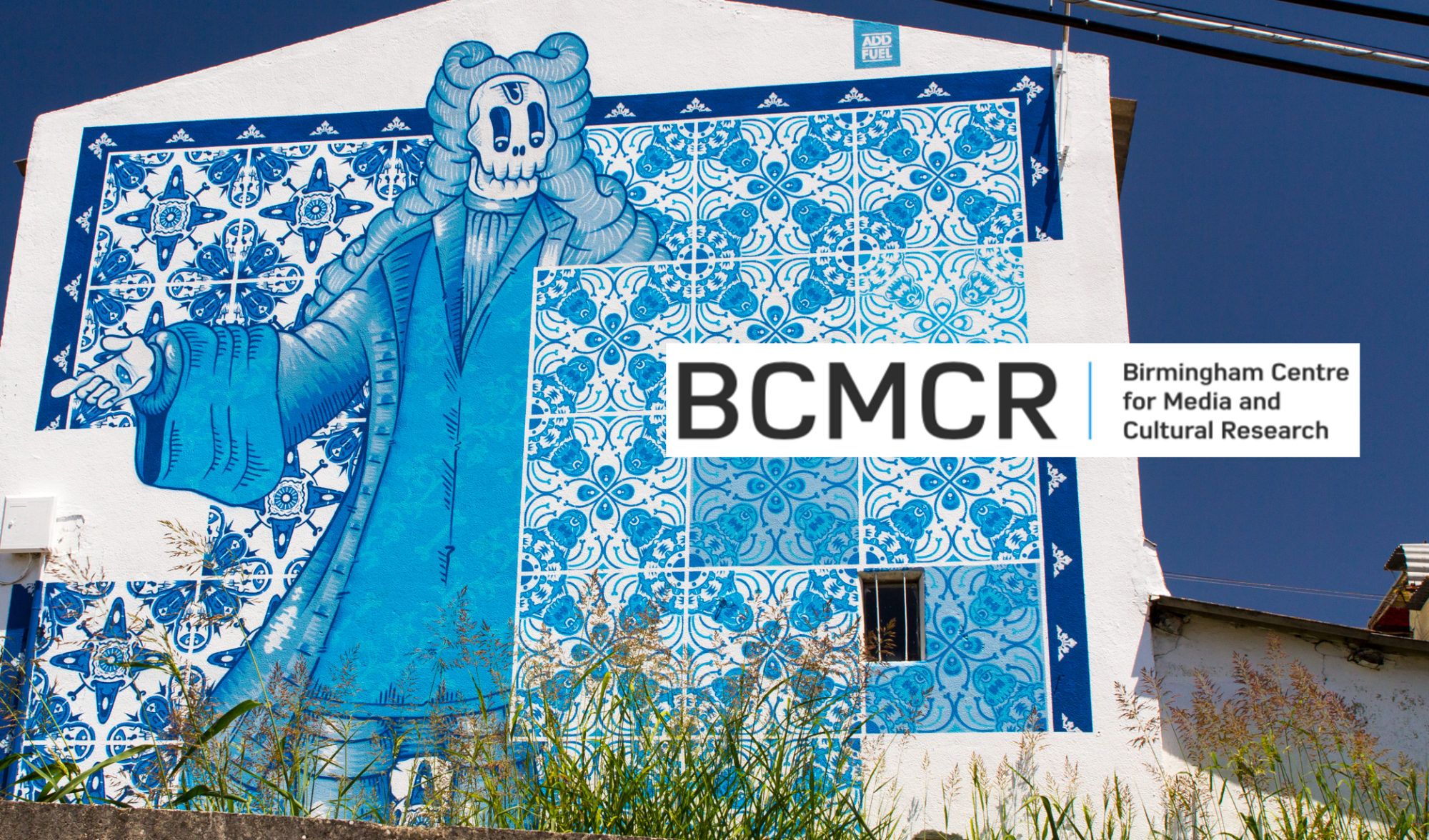Cultural Translation and academic appropriation
Talal Asad’s essay, ‘The Concept of Cultural Translation in British Social Anthropology’ is one of the key reference points for contemporary thinking around cultural translation.
In the briefest of terms, Talal’s piece responds to a tendency within social anthropology to explain other cultures in terms the researcher already understands. For example, rather than attending to the very specific nuances in the attitudes an indigenous tribe might hold towards holy days or religious festivals, social anthropologists tended to spot a ‘hidden pattern’ that told him or her about the tribe’s wider religious attitudes, their belief in a system of gods/God, etc. This might not be a problem if the tribe has an understanding of God that matches the anthropologists’ ideas, or indeed if there is a hidden and connected system of meaning that links an idea of God to a holy day to a festival together, or if there is a religion underlies their activities and cements it together conceived in the way an anthropologist conceives it. But this, in Asad’s view, is often not the case. By ‘detecting’ a pattern of meaning or correspondence between otherwise discreet elements the anthropologist has imposed their own frame of reference.
For those familiar with poststructuralist/postmodernist theory, this type of cultural translation, which might also be called cultural appropriation, should be immediately recognisable. Asad was after all writing in the 80s, when French thinkers like Foucault and Derrida started to have an impact on a wide range of disciplines. But interestingly Asad extends the argument I set out above to suggest that, in fact, this essentially reductive practice of cultural translation is institutional. Scholars, he says, habitually take materials gained in the field and, consciously or unconsciously, translate them into a language they understand – that of their own society and culture, yes, but sometimes even into terms of the academy, academic discourse, the norms and terms of the discipline. In our fictional example, this would be the assumption of a network of meaning that can be unpacked and presented to scholars in the West. In doing so, in finding neat objects of study in other cultures that are ready to be exported in academic papers, monographs, etc, the anthropologists also erase the specificities they encounter. He calls this ‘cultural translation’. Asad holds up a significant paper by Ernest Gellner as emblematic of cultural translation:
‘Although it is now many years since Gellner’s paper was first published, it represents a doctrinal position that is still popular today. I have in mind the sociologism according to which religious ideologies are said to get their real meaning from the political or economic structure, and the self-confirming methodology according to which this reductive semantic principle is evident to the (authoritative) anthropologist and not to the people being written about. This position therefore assumes that it is not only possible but necessary for the anthropologist to act as translator and critic at one and the same time. I regard this position as untenable, and think that it is relations and practices of power that give it a measure of viability.’ (p. 164)
What’s perhaps more damning is the use amongst anthropologists of a certain academic rhetoric intended on giving objectivity and uniformity to the field.
‘What we have here is a style easy to teach, to learn, and to reproduce (in examination answers, assessment essays, and dissertations). It is a style that facilitates the textualization of other cultures, that encourages the construction of diagrammatic answers to complex cultural questions, and that is well suited to arranging foreign cultural concepts in clearly marked heaps of “sense” or “nonsense.” Apart from being easy to teach and to imitate, this style promises visible results that can readily be graded. Such a style must surely be at a premium in an established university discipline that aspires to standards of scientific objectivity. Is the popularity of this style, then not a reflection of the kind of pedagogic institution we inhabit?’ (p. 164)
Asad’s point isn’t simply that some anthropologists code other cultures in terms they understand. It’s that the entire discipline, its conventions, institutional practices, and discursive tendencies, is complicit in the practice.
How is it useful for us?
Cultural translation is handy because it very quickly and clearly describes a wide-spread phenomenon, something that takes place at an institutional level, affects the style and mode by which we as scholars communicate, and is tuned in to power relations. It is easy therefore to see how cultural translation is a manifestation of a more general imperialist tendency in Western culture. Scholars who are interested in culture that travels to and from the West will want to take note.
Asad’s critique also forces us to attend to our own writing. Are there assumptions within the way we write that promote or conceal power relations in some way? What are the assumptions we make as media and culture scholars? Are there ways in which we ‘translate’ the culture we examine back into terms (only) academics understand, and, if we do this, if this is part and parcel of scholarship itself, what are the consequences for those more intimately involved in this culture than us?
The idea of cultural translation as an institutional phenomenon is particularly useful for studies that wish to relate individual practices up to broader structural frameworks (see, for example, work in the Creative Industries). Cultural translation, at least in one of its first formulations, is not something that takes place on the intersubjective level alone. Asad’s approach forces us to consider how institutions, organizations, groups, might practice cultural translation.
Asad, Talal. “The concept of cultural translation in British social anthropology.” Writing culture: The poetics and politics of ethnography 1 (1986): 141-164.
